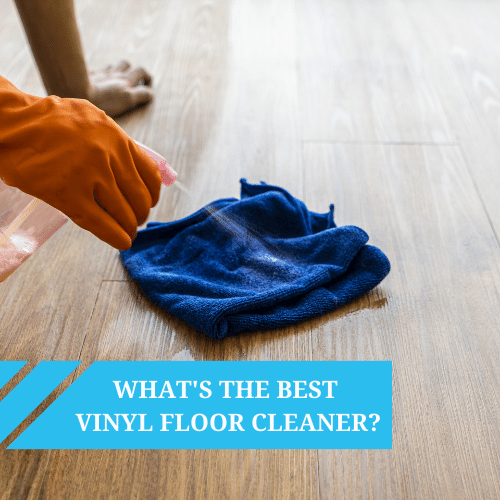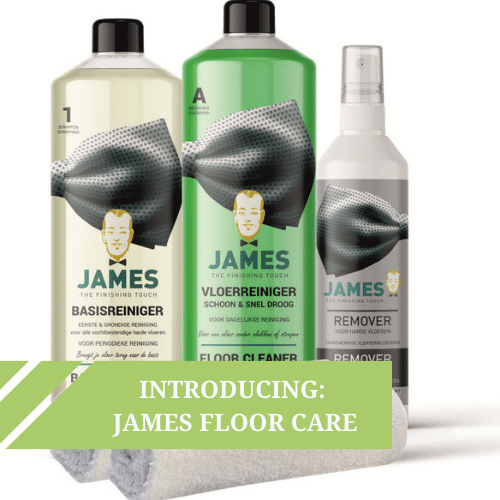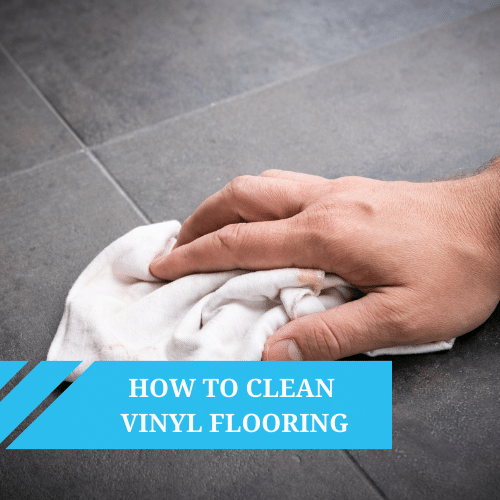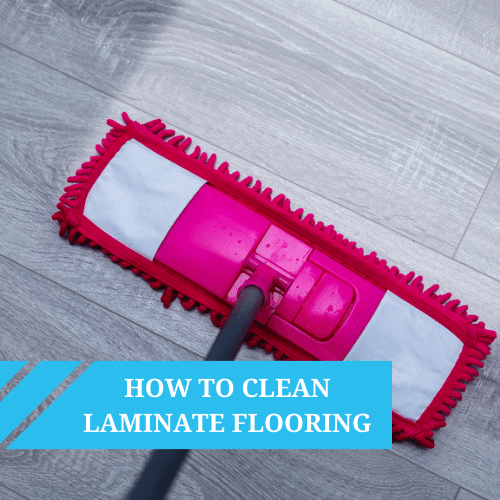We use cookies to make your experience better. To comply with the new e-Privacy directive, we need to ask for your consent to set the cookies. Learn more.
How To Use A Mop
Yes we're not kidding, you may have been doing it wrong all this time without knowing! Check our guide to find out the best practices for the most popular flooring types!

Would it shock you to know you've been mopping your floor the wrong way this whole time? Don't believe us? There's only one way to find out.
Contents
- Can you use a steam mop on vinyl sheet flooring?
- How to mop vinyl floors
- How to mop floorboards
- How to mop laminate floors
- How to clean mop heads
- How to use a spray mop
Can you use a steam mop on vinyl sheet flooring?
No, you should not use a steam mop on sheet vinyl flooring. In fact, a steam mop is not the correct appliance to clean any vinyl flooring. This is because the intense heat generated by a steam mop can discolour and warp the floor beyond repair. While some steam mop products out there advise they are safe to be used on vinyl flooring, it's safer to avoid using this method altogether. If worse comes to worst and you damage your floor this way, it's generally not covered under warranty by most flooring manufacturer's, leaving you with a broken floor and a costly expense.
How to mop vinyl floors
When using a mop on your floors, it's best to avoid using one with a built-in scrub brush, as these types of mops can potentially scratch your floors. The best option would be to use a mop with a microfibre cloth; this is a safe, absorbent way to keep your floors clean.
When cleaning click or glue-down vinyl, it's important not to drown the flooring in water. Water from an overly wet mop can work its way into the cracks and edges, leading to issues such as warping or lifting the vinyl. A damp mop on a weekly basis will do the trick, and for any stubborn stains, we'd recommend using James Stain Remover.
Though a wet clean doesn't mean the job is finished, one common problem is to leave water standing around after cleaning the floor. Not only is this a slip hazard, but it can present issues to the floor, as we've mentioned. Whenever you clean your vinyl flooring, you should always dry the floor afterwards.
How to mop floorboards
Solid wood
Solid wood flooring requires little maintenance and is best for a brush or dry mop as part of your everyday cleaning. With solid wood, you should wet clean as little as possible, but when you do, use a well wrung out cloth, wipe the floors down, and dry with a fresh cloth to remove any remaining moisture.
Engineered wood
Engineered wood combines the best of laminate and hardwood flooring. When mopping the floor, it shares the same risks as wooden flooring, so be sure to avoid leaving water lying around. However, you can freely use a regular or a microfibre mop when cleaning. Mix water and the recommended engineered wood cleaning solution, then make sure to wring out as much water as possible before you start. Once you're satisfied with the clean, dry the floor of any remaining liquid.
How to mop laminate floors
Non-water resistant
Laminate flooring is known for not being water-resistant; if moisture gets into the core fibreboard, it can warp the flooring over time. There are exceptions with some laminate flooring being water-resistant though this doesn't mean it is waterproof. The best method would be to dampen a microfiber cloth or pad with warm water and a cleaning solution. Avoid using a string or a sponge mop when cleaning your laminate flooring, as these can allow too much water onto the floor, making it easier to seep into the cracks. Like with vinyl, you must dry the floor immediately after the damp clean.
Water-resistant
With water-resistant laminate, you can place this flooring in wet areas like the kitchen and bathroom. However, any residual water should be dried up quickly to becoming a slip hazard or seeping into the core layer. The dry mop method will work when trying to eliminate dirt or dust littering the floor, though a wet clean will be best monthly or if dirt remains after the dry mop.
How to clean mop heads
A dirty mop will move dirt around the house, which is everything you don't want in a mop. Depending on your mop head, there are two separate ways you can go about keeping it clean.
Mops with detachable heads
If your mop has a detachable mop head, these can be washed in the sink or directly in the washing machine. This is under the condition that your mop is machine washable; try to rinse away the leftover cleaning solution and any remaining mess lingering on the mop head.
Mops without detachable heads
If you can't remove the mop head, then after you've cleaned, prepare a bucket of hot water with an anti-bacterial disinfectant and let it soak for at least an hour. After the soak, rinse the mop to make sure you've gotten rid of all the remaining disinfectant and let it dry. Mop heads will inevitably lose their effectiveness in time, which is why it's a general rule of thumb to replace them every 2-3 months once you start to notice it looking a bit shabby.
It can be easy to leave the mop damp after you've finished cleaning around the house, but this can bring about mould and mildew. Allow the mop to completely dry on a clothesline or in a well ventilated dry area. After it's clean and dried, be sure to store it upright so that the mop heads avoid brushing against the floor, as this is another way bacteria can grow in your mop if you aren't careful.
How to use a spray mop
Spray mops are a simple way to mop vinyl, Laminate and wooden floors safely and efficiently. Firstly you should fill up the water supply canister with the correct cleaning solution before fitting it to the device. After that, all you need to do is place a microfiber cloth on the mop head, and you're good to start cleaning. Trigger the spray periodically as you sweep the floors with the mop avoiding excessive drenching of the floor. After you're satisfied, remove the canister, cloth and clean them separately. No matter what floor you spray mop, be sure to dry it before you finish.
For any further cleaning enquiries, please don't hesitate to contact our team of floor experts.













